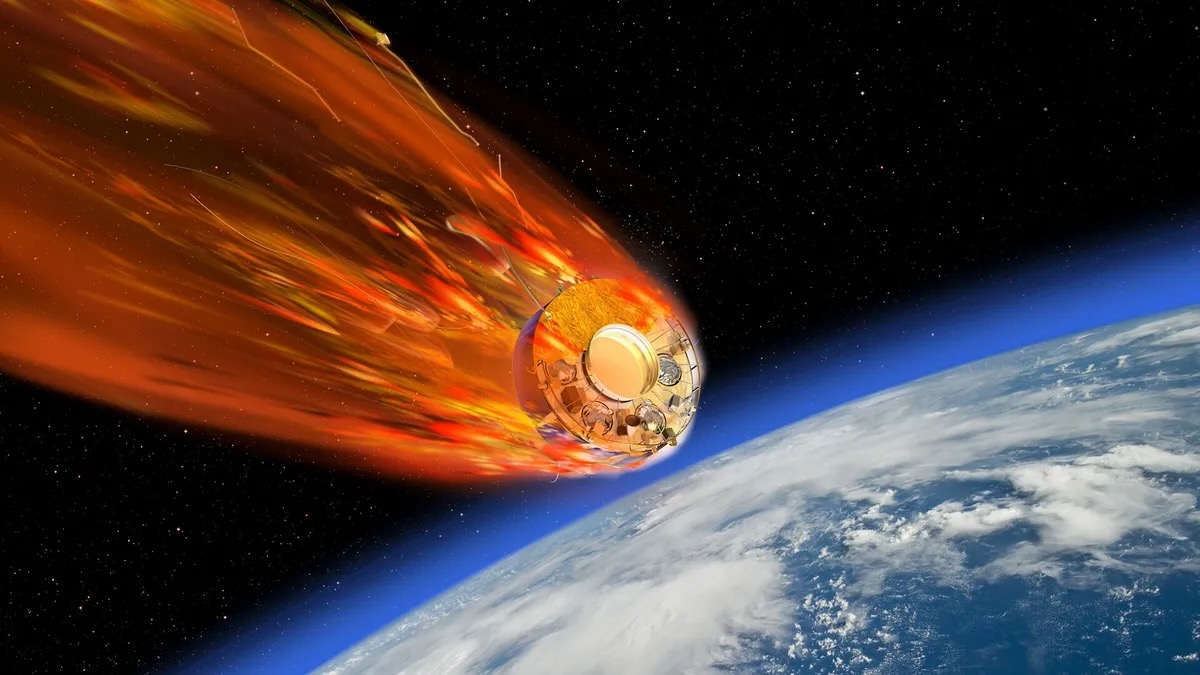New Type of Exotic Star Proposed
Scientists have proposed a new class of star, one that has an exoticstellar engine that would emit mostly hard-to-detect neutrinos instead ofphotons of light like regular stars.
These objects, dubbed "electroweak stars," areplausible because of the StandardModel of physics ? ?though none have been detected yet ? partly becausethey wouldn't shine very brightly in visible light.
?A team of physicists led by Glenn Starkman of Ohio's CaseWestern Reserve University describe the structure of such stars in a paper recentlysubmitted to the journal Physical Review Letters.
An electroweak star could come into being toward the end ofa massive star's life, after nuclear fusion has stopped in its core, but beforethe star collapses into a black hole, the researchers found.
At this point, the temperature and density inside a starcould be so high, subatomic particles called quarks(which are the building blocks of protons and neutrons) could be converted intolighter particles called leptons, which include electrons and neutrinos.
"In this process, which we call electroweak burning,huge amounts of energy can be released," the researchers wrote in thescientific paper.
Unfortunately for observers, much of that energy would be inthe form of neutrinos,which are very light neutral particles that can pass through ordinary matter withoutinteracting, making them very difficult to detect.
Get the Space.com Newsletter
Breaking space news, the latest updates on rocket launches, skywatching events and more!
A small fraction of an electroweak star's output would be inthe form of light, though, which is where astronomers could concentrate theirefforts to observe them. But, "to understand that small fraction, we haveto understand the star better than we do," Starkman said.
If electroweak stars do exist, they could last at least 10million years, the physicists found.
"This is long enough to represent a new stage in theevolution of a star if stellarevolution can take it there," the researchers wrote.
Nonetheless, such a period of time is still merely a blinkof an eye for most stars, which live for billions of years.
"Electroweak stars would be an exciting addition to thediverse menagerie of astrophysical bodies that the universe provides," thescientists wrote. "Nevertheless, considerable work remains to be donebefore we can claim with confidence that such objects will form in the naturalprocess of stellar evolution, or that they will indeed burn steadily for anextended period."
- Top 10 Star Mysteries
- Video Show: The Black Hole That Made You Possible
- Top 10 Strangest Things in Space
Join our Space Forums to keep talking space on the latest missions, night sky and more! And if you have a news tip, correction or comment, let us know at: community@space.com.

Clara Moskowitz is a science and space writer who joined the Space.com team in 2008 and served as Assistant Managing Editor from 2011 to 2013. Clara has a bachelor's degree in astronomy and physics from Wesleyan University, and a graduate certificate in science writing from the University of California, Santa Cruz. She covers everything from astronomy to human spaceflight and once aced a NASTAR suborbital spaceflight training program for space missions. Clara is currently Associate Editor of Scientific American. To see her latest project is, follow Clara on Twitter.
